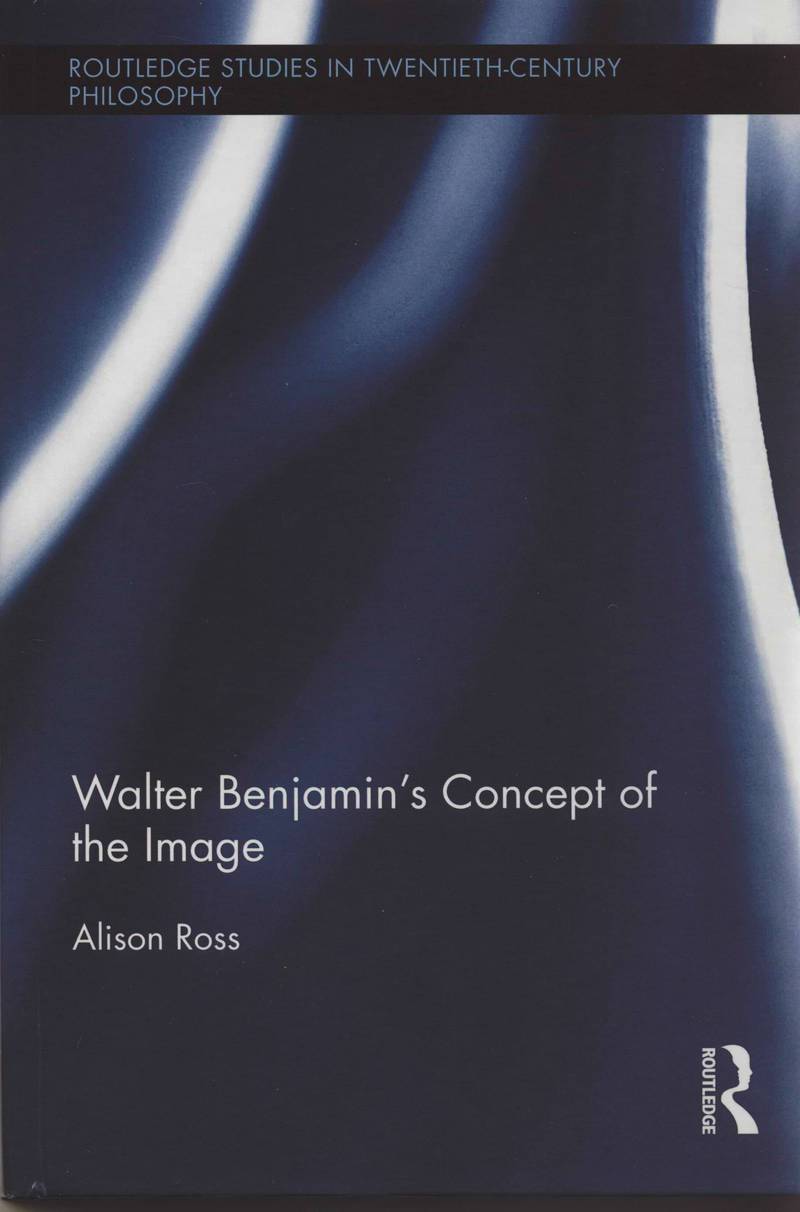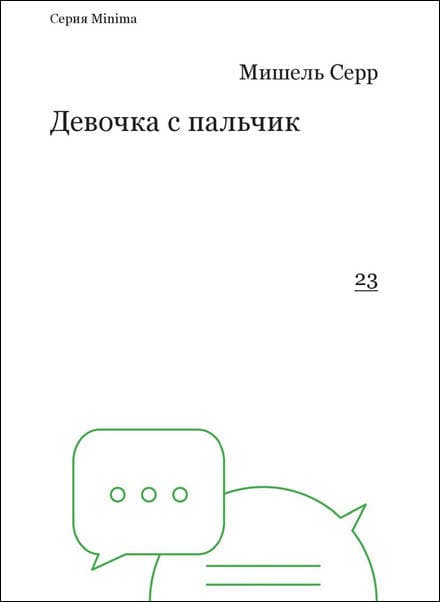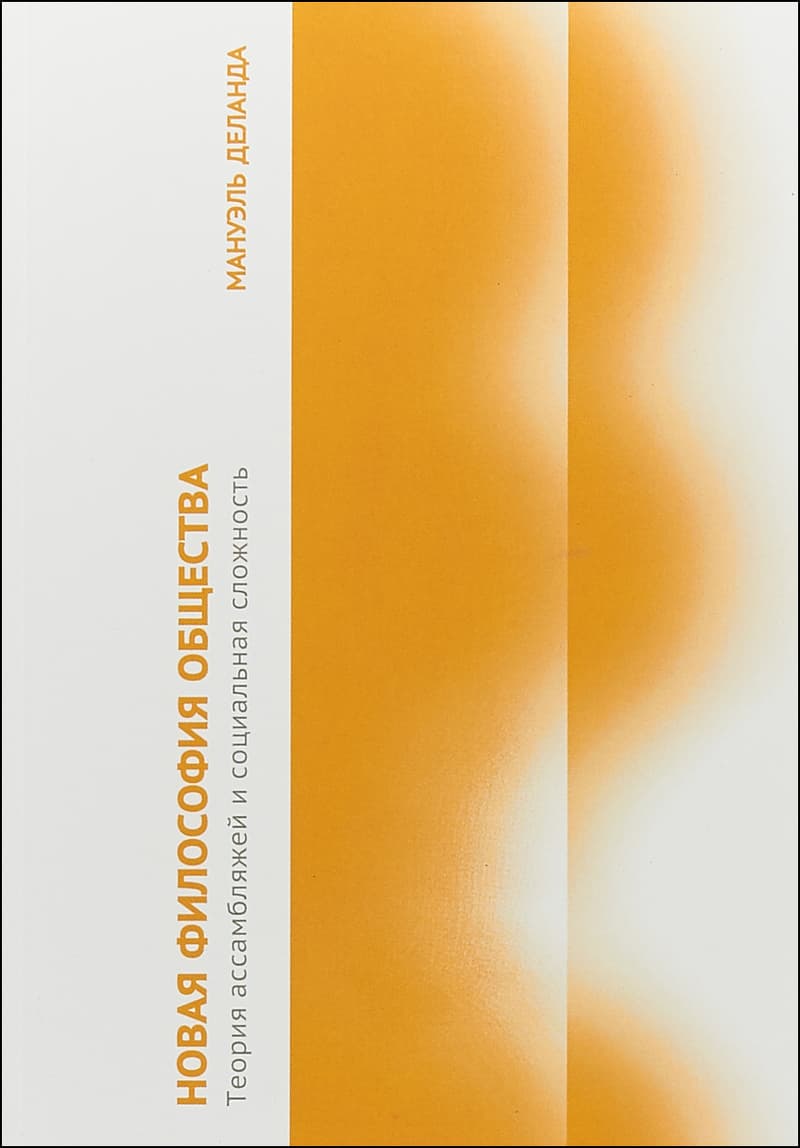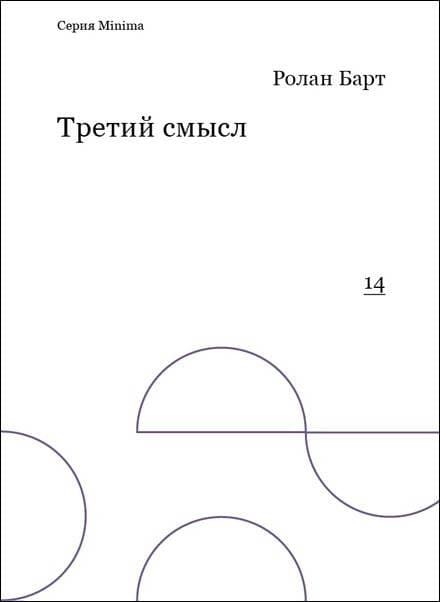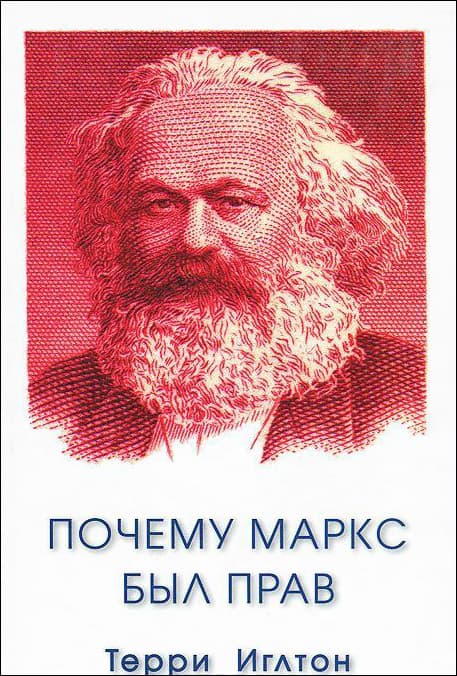Walter Benjamin's Concept of the Image
In this book, Alison Ross engages in a detailed study of Walter Benjamin's concept of the image, exploring the significant shifts in Benjamin's approach to the topic over the course of his career. Using Kant's treatment of the topic of sensuous form in his aesthetics as a comparative reference, Ross argues that Benjamin's thinking on the image undergoes a major shift between his 1924 essay on 'Goethe's Elective Affinities,' and his work on The Arcades Project from 1927 up until his death in 1940. The two periods of Benjamin's writing share a conception of the image as a potent sensuous force able to provide a frame of existential meaning. In the earlier period this function attracts Benjamin's critical attention, whereas in the later he mobilises it for revolutionary outcomes. The book gives a critical treatment of the shifting assumptions in Benjamin's writing about the image that warrant this altered view. It draws on hermeneutic studies of meaning, scholarship in the history of religions and key texts from the modern history of aesthetics to track the reversals and contradictions in the meaning functions that Benjamin attaches to the image in the different periods of his thinking. Above all, it shows the relevance of a critical consideration of Benjamin's writing on the image for scholarship in visual culture, critical theory, aesthetics and philosophy more broadly.
Данные книги
Нью-Йорк
2015
164 страницы
9781138811485
Доступ по запросу
Нет
Да
109 Ros
1
- Vita activa, или О деятельной жизни2000
- Девочка с пальчик2016
- Ник Ланд. Сочинения в 6 томах. Том 2. Киберготика2018
- Politik der Unsterblichkeit: Vier Gespraeche mit Thomas Knoefel2002
- Новая философия общества: Теория ассамбляжей и социальная сложность2018
- Теория религии. Литература и зло2000
- Аллегории чтения. Фигуральный язык Руссо, Ницше, Рильке и Пруста1999
- Люди в тёмные времена2024
- Что такое повелевать?2013
- Третий смысл2015
- Ницше и философия2024
- Почему Маркс был прав2012
